Dec. 3rd is the International Day of Persons with Disabilities. Disabled physicians make up a small, but none the less significant, portion of the physician population. About two percent of physicians are disabled. This is a shockingly small percentage when compared to that of the general public, of which 20 percent of individuals identify as disabled. The difference between these numbers shows that the physician population is not representative of the overall population. This can cause a lack of connection and true empathy between physicians and patients. It has been found that increased diversity in the physician population can lead to better patient care.
NPR recently published an article covering disabled physicians with a focus on the work of the Coalition for Disability Access in Health Science and Medical Education. This group works to elevate equality for medical students with disabilities. The understanding is that if equality starts in the classroom it will translate into the hospital or clinic setting, where these individuals will practice once licensed. For more information on the challenges disabled physicians are facing and how it is being corrected early on, in educational institutions, continue reading below.
Strong Students
Recently, medical students have become more forward about their disabilities, seeking out help from their educational institutions. Examples of this include introducing specialized equipment for wheelchair-bound individuals or adjusting the way tests are administered for those with learning disabilities.
Creating normalcy around disabilities can end the stigma surrounding physicians with disabilities. This includes both learning disabilities and physical disabilities. Neither of these disabilities translates into the inability to make a difference in patients’ lives. In NPR’s coverage of the topic, they include interviews with medical students battling ms, some with dyslexia, and others who have hearing impairments. All students have gone on to become successful physicians and medical researchers.
Porcelain Physicians
One reason for so few disabled physicians practicing can be attached to the expectation physicians to be examples of perfect health. The state of a physician’s health can be an indicator to patients that the care and instruction provided is authentic. In this case, the physician’s state is evidence of what should be expected when the advice is followed. This conclusion fails to acknowledge that physicians are human. In reality, physicians get sick and as often as their patients.
The expectations of physicians to be in perfect health are simply not realistic nor is it beneficial for either party, the patient or the physicians. Although granted sick days, physicians rarely take them. According to one article, this stems from expectations set during residency when perfect attendance was king and illness was synonymous with weakness.
Empowering members of the disabled community to pursue medicine can lead to a physician population that is representational of patients. This will be increasingly important as many disabled individuals are struggling to find healthcare providers that can give them the attention they need. Disabled physicians may be able to provide useful insight and more personalized care.
Are you an international medical student with a disability? AMO can help you find a clinical experience that fits your unique needs without sacrificing a quality educational experience. To explore the possibilities create an account today!


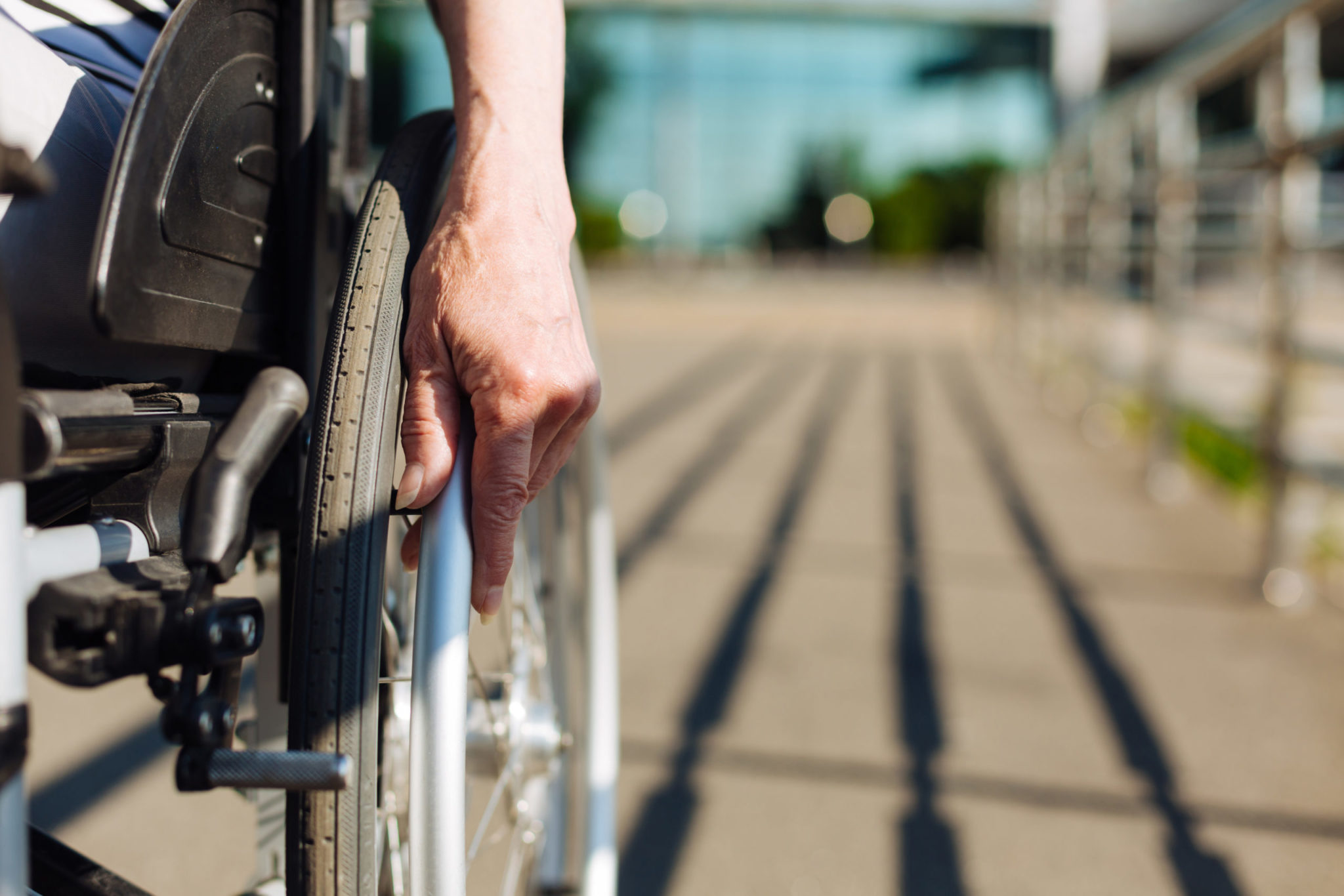
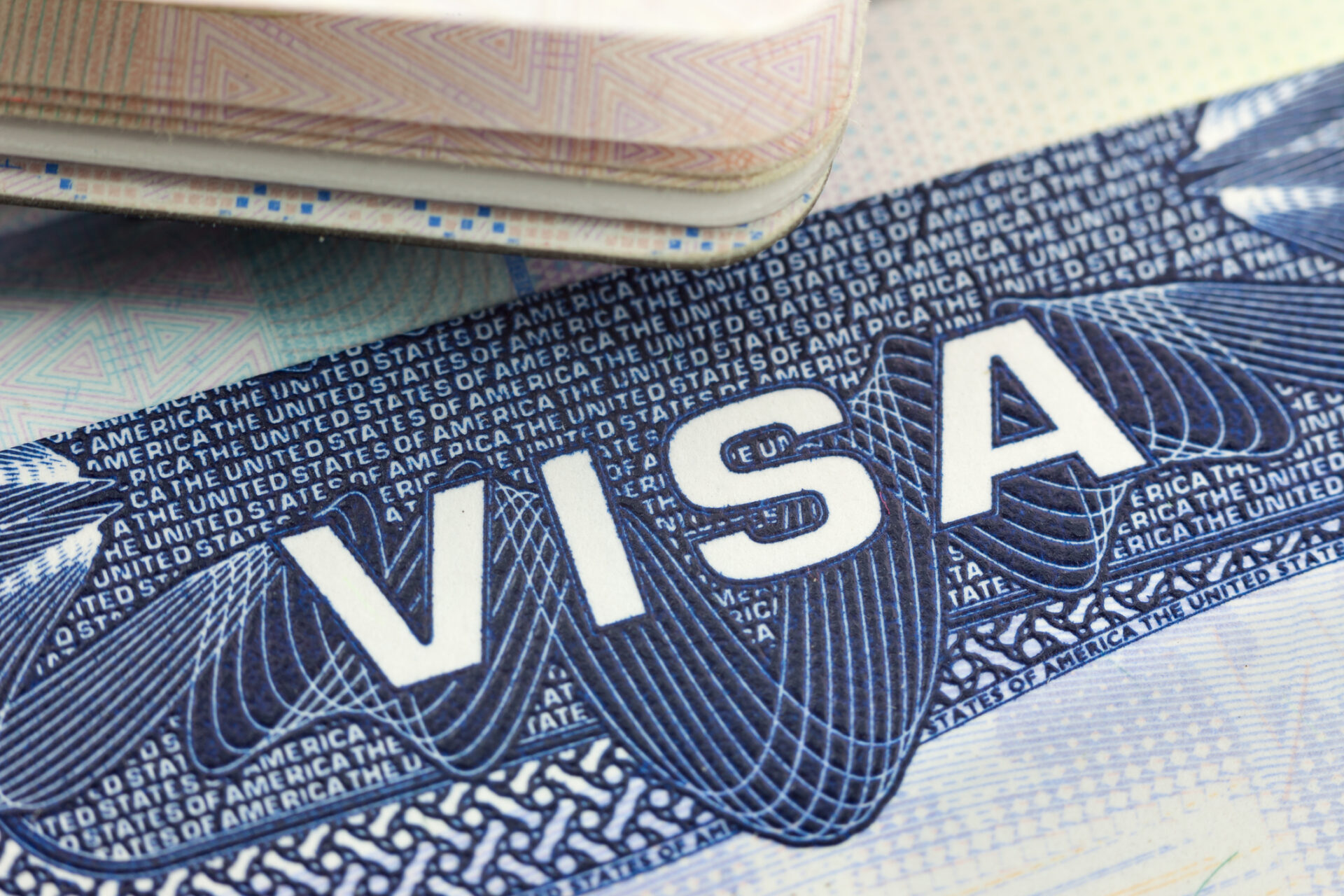
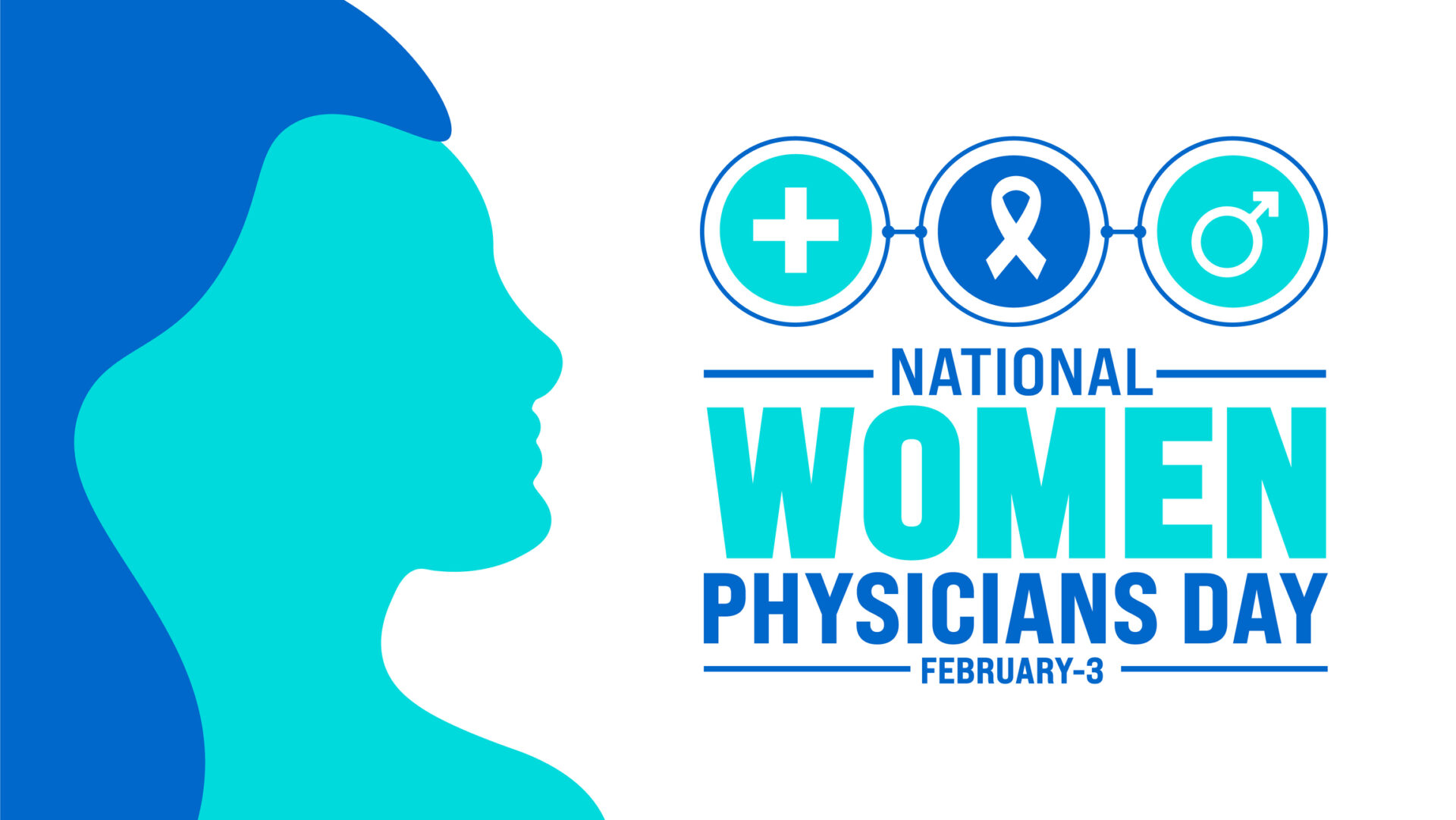
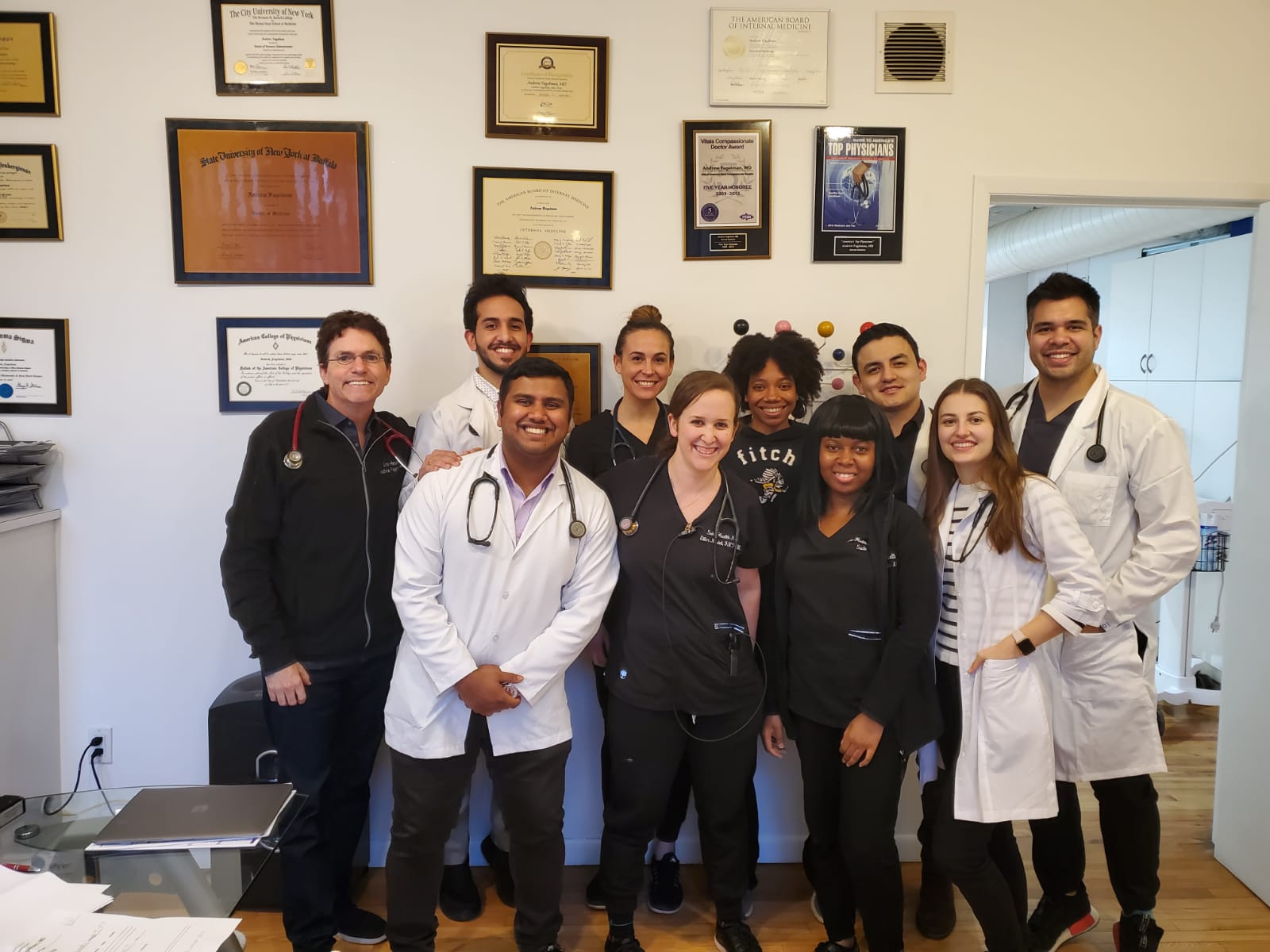
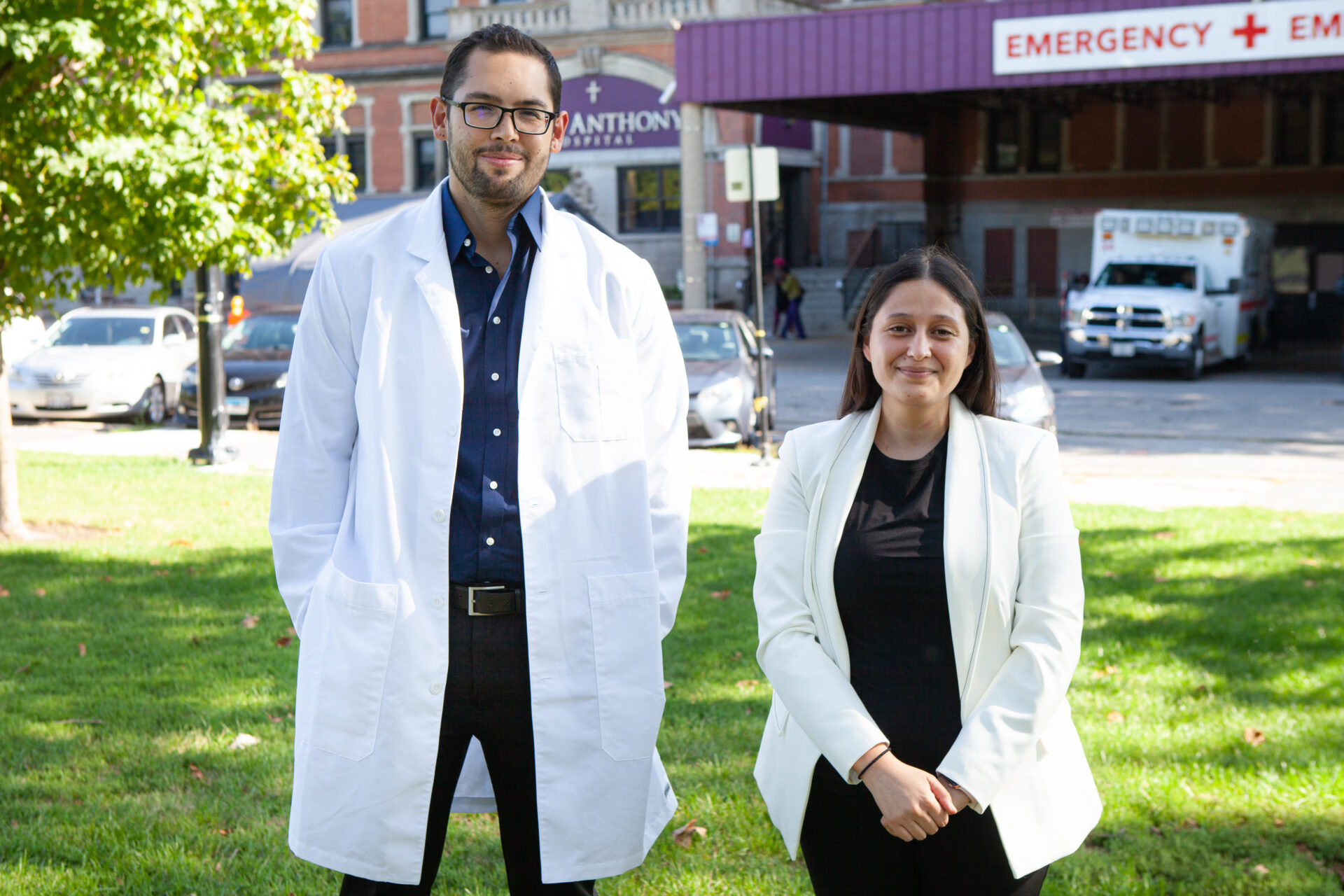
Leave A Comment